Memoirs and gossip: A former bureaucrat shares his experience of working with the govt
Autobiography takes into account the history and problems of Sindh.

Referred to as a ‘living encyclopedia’ at an event organised to launch his autobiography, Kujh Yadoon Kujh Galhiyoon [Memoirs and gossip], published by the Sindhica Academy, talks about everything you need to know about Sindh – the people, the landscape and the problems it faces. According to Dr Suleman Shaikh, the founder of the Sindh Graduate Association, the book is a brief yet important write-up on the history of the province from 1947 to 1980.
In these memoirs, Qureshi has tried to portray the social landscape of Sindh, while providing a brief account of different problems, issues faced by the people of Sindh.
Known as Fazal to family and friends, he started his career as a civil servant in the 1960s that continued till his retirement as a federal secretary in 2005. His elder sister, R N Qureshi, spoke about his commitment to Sindh. She said that as a child he used to love the Indus River and played with clay toys because it reminded him of the wet land along the body of water.
Born in November, 1940 in Sukkur, the bureaucrat studied at the Islamia College and went on to the University of Sindh. He also attended the University of Glasgow and the Institute for Social and Economic Development in Washington.
After completing his education, he worked for the provincial government and severed as the planning and development secretary and additional chief secretary Sindh before moving on to the federal government where he worked as the vice-chairperson for the National Electric Power Regulatory Authority. He has witnessed the country go through good and bad times, from General Ayub Khan to Zulfikar Ali Bhutto to Nawaz Sharif and General Pervez Musharraf.
Speaking on the occasion, Fazlullah Qureshi recalled the economic progress Sindh made in British era. He said “there is no precedent of economic growth of Sindh from 1937 to 1955 when total population of the province was around 6 million.” He, however, added that Sindh suffered a major loss when Hindus left the province for India.
He said that Sindh not only paid its all outstanding dues to the British government, but developed its infrastructure including barrages and canals. “The Kotri Barrage is evidence of this development,” he said.
Qureshi, who had spent most of his life in the Sindh statistics and planning department, said that Sindh suffered a big loss due to the Indus Water Treaty in 1960 under which eastern rivers of Pakistan --Sutlej, Beas and Ravi -- were handed over to India. He regretted that Zulfikar Ali Bhutto as a cabinet member in the Ayub government “played a key role in negotiations.” After the Indus Treaty, the Punjab government constructed the Chashma and Jehlum Link canals and took Sindh’s share of the water too, he said.
Responding to a question about Sindh’s share in the natural resources, Qureshi said that Sindh produces 70 per cent of the country’s gas and oil and consumes nearly 40 per cent whereas Punjab produced only five per cent and used more than 60 per cent. In his book he also mentioned some of his disagreements with other bureaucrats and cabinet members over their dealings with Sindh. The first volume of the book has 504 pages and is an objective analysis of Sindh with official facts and figures, the Financial Commission Award (1975 to 1976), water treaties and martial law in Sindh.
Published in The Express Tribune, December 27th, 2011.


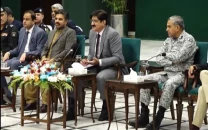
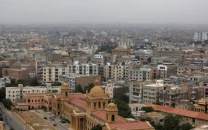
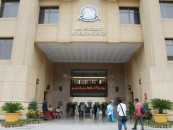
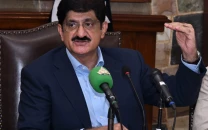



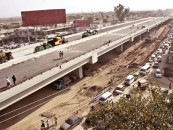








COMMENTS
Comments are moderated and generally will be posted if they are on-topic and not abusive.
For more information, please see our Comments FAQ